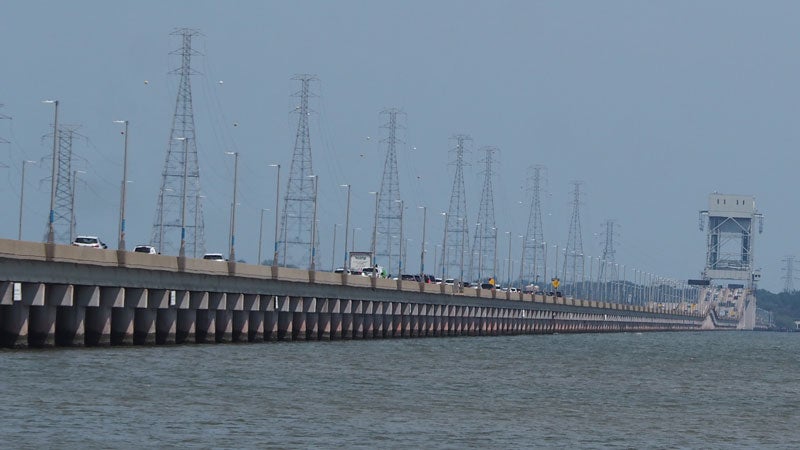Arla Kay resurrects bygone era
Published 4:51 pm Tuesday, August 10, 2021

- The 26-foot steam-powered dayboat Arla Kay, owned by Rick Reuter, has been delighting onlookers along the Pagan River recently. (John Edwards photo)
By John Edwards
Refrigerated trucks, paved highways, construction of the James River Bridge, the peanut shelling plant fire and a new peanut plant in Suffolk: blame any, and more accurately, all of them for the demise of the steamboat era in Smithfield.
As modernization rolled over the nation in the 1920s, Chesapeake Bay steamboats became relics to be remembered fondly by those elder residents who, in the late 20th century, could recall vividly trips to Norfolk for a day of shopping, or waiting at dockside for delivery of goods from “up nawth.”
That commercial traffic will never return, but for the past two weeks, Smithfield residents have tasted a sample of the romance that was steam boating. The 26-foot steam-powered dayboat Arla Kay has periodically made evening cruises along the Pagan River waterfront, tooting its distinctive steam-powered whistle to the delight of all within earshot.
The Arla Kay is the cherished property of Rick Reuter, a Windsor resident and president of Power Mechanical, which specializes in, quite appropriately, steam boiler sales, rentals and repair.
Powered by a steam boiler, which Reuter feeds with split hardwood, the Arla Kay turns a respectable 8-10 knots. She can go considerably faster, Reuter said, but the higher speed generated from the puffing steam engine seems to frighten passengers.
Reuter bought the boat this spring from its builder, Dan Dial of Missouri. Dial, in turn, had purchased it in 2007. It was a fiberglass hull then, having been salvaged by the U.S. Navy from its original use as a whale boat for the light cruiser USS Providence.
Dial bought the hull with the express purpose of building a steamboat, and that he did, in grand style. The Arla Kay, with seating for about 12 passengers, is trimmed out in grand yacht fashion, complete with canvas awning and exquisitely varnished decks.
But it’s the boiler that’s most intriguing. In an interview with Lake Lifestyles Magazine conducted after he launched the boat, Dial said he had the steam boiler built by a Virginia company from a set of plans drawn in 1890. He said the most intimidating part of building the boat was the plumbing, which includes 48 valves used in converting water to steam and then controlling the steam.
Reuter confirmed that description. He said operating the Arla Kay is as complicated as the engine looks. He said there are about 50 steps that must be taken to get the power plant going.
“It’s a couple hours of preparation,” he said.
The boat is trailerable, and Reuter and his wife had taken it as far as Florida, where they participated in a steamboat regatta. Seeing eight to 10 steamboats underway in a fleet is a wonder to behold, he recalled.
But why on earth would someone want a boat that requires so much work?
“As I get older,” Reuter said, “It’s just something to share the history with my family and employees. We work every day, and this is a chance for people to get out and appreciate the origins of steam.”
And for the past couple of weeks, the Reuters have shared this marvelous reflection of antiquity with a town that still appreciates the sound of a steam whistle.





